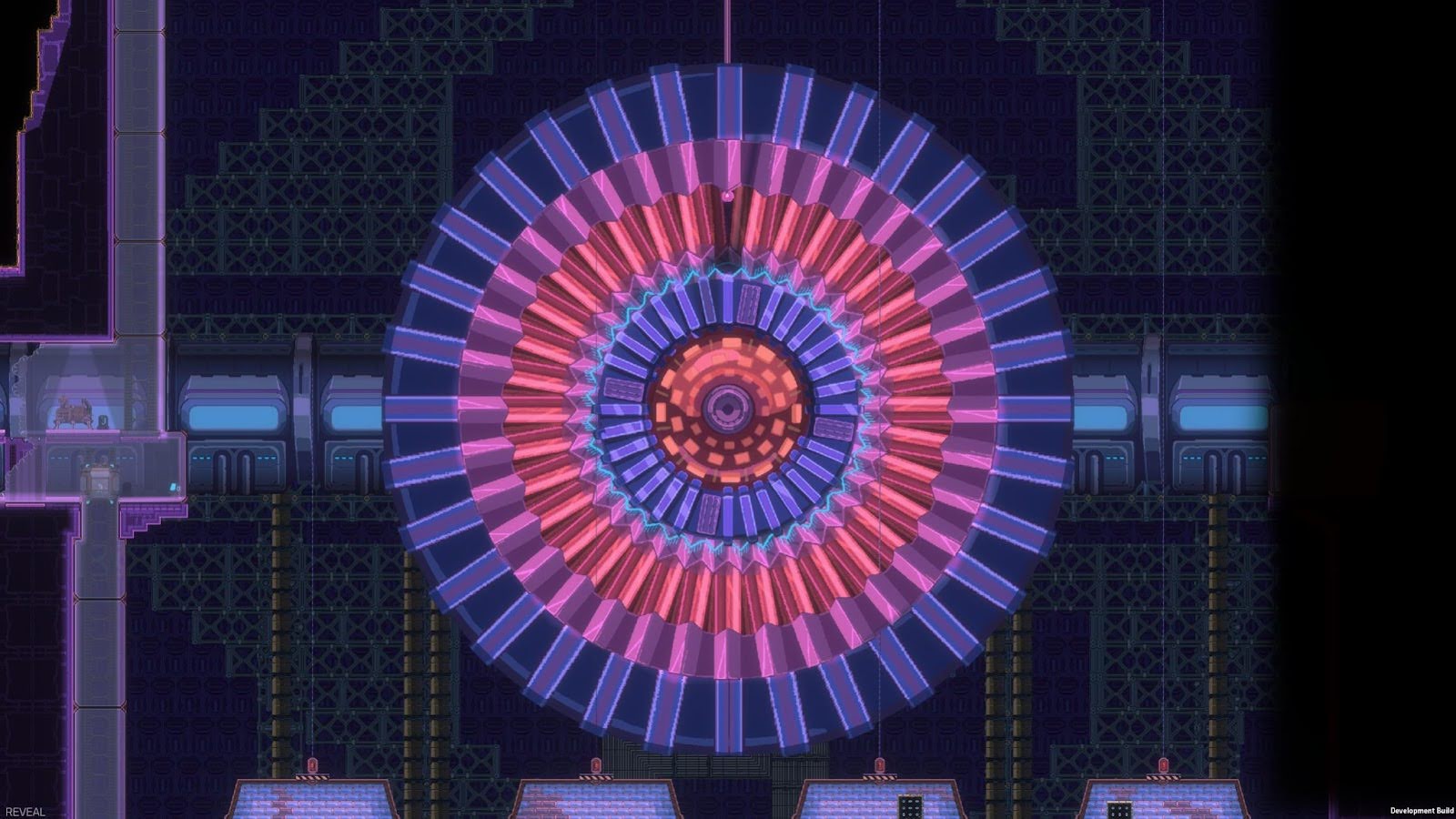On Monday, February the 26th, a videogame named Exographer was announced on the Steam platform: https://store.steampowered.com/app/2834320/Exographer/
This game is imbued with particle physics, with the player fixing experiments, manipulating Feynman diagrams and collecting Standard Model particles. How did this happen? Well, the game was indeed imagined by Raphaël Granier de Cassagnac, a CMS member since 2009, who explains below what went on behind the scenes.
When will the Exographer be out?
RGdC: We are working hard with Abylight, the publisher, to make it available this year, probably around Fall 2024. We developed it for PCs and Macs, and we are currently porting to consoles (Nintendo Switch, Play Stations, XBOX). We are also translating the game to many languages.
How did you produce Exographer?
RGdC: It all started with a European Research Council grant I got to join the heavy-ion programme of CMS. At the end of it, the EU encourages you to submit a proposal for a Proof-of-Concept grant, to bring your science to a wider audience. That’s where I first proposed to popularize our science via an ambitious videogame. I did not get the grant, but the idea was there and I started to gather a team of videogame professionals at Ecole Ppolytechnique, France with various funds. A key player was the Ubisoft company with whom I created an academic chair to foster all possible links between Sciences and VideoGames. Exographer was one of many projects we had within the chair. Now it is almost ready and I created the SciFunGame company to release the game to the public.
Who can play Exographer?
RGdC: I am pretty sure that us, physicists, will enjoy the game very much. You will recognize tons of elements that the regular players won’t. But our real target are players who know nothing about particle physics. The challenge is to put particle physics in hands where it's never been before, and show how wonderful and understandable it is. The motto of SciFunGames is “Science for all, Fun above all”.
What do players learn in Exographer?
RGdC: First, the players have to discover all the particles of the Standard Model, that are named after their real names, so that people who have never heard about muons or gluons will know that they exist, but also that the former fall from the sky (in cosmic rays) while the latter bind quarks together. Second, the players navigate in places that are inspired by real laboratories (giant colliders and detectors, neutrino underground facilities, cosmic ray observatories…). Third, we follow a lost civilization, which is directly inspired by real physicists, including Pauli and Curie, with a timeline transposed from the real discovery history. The idea is that the players realize that slowly, step by step. For instance, it’s only when they find the E = mc2 formula written by “Astin”, that they suddenly realize that “Fenma” and “Gelma” might be inspired by real people… Last but not least, the players manipulate 2D Feynman diagrams in the puzzle phase of the game.

Is Peter Higgs one of the real-life physicists featured in Exographer?
RGdC: Yes, he certainly is. When I decided to pay tribute to (only) nine particle physicists in our game, Higgs naturally made up to the list. Sadly, we were precisely wrapping up the scene where our character interacts with him when we learned of his death. Shgig, as we call him, was also the only of our Natitans to be inspired by a still-living person. The exographers will remember him.
Is CMS displayed in Exographer?
RGdC: Yes and No. Spoiler alert. In order to discover the Higgs’ boson at the end of the game, the player has to fix a giant detector that is directly inspired by our 4 pi detectors. It takes its inspiration from all those detectors, from the LEP, Tevatron and LHC. Of course, as a member of CMS, I may have introduced a bias that I let you judge by yourself with the image above, but CMS is not explicitly displayed nor cited, and neither are any other experiments.
Disclaimer: The views expressed in CMS blogs are personal views of the author and do not necessarily represent official views of the CMS collaboration.
